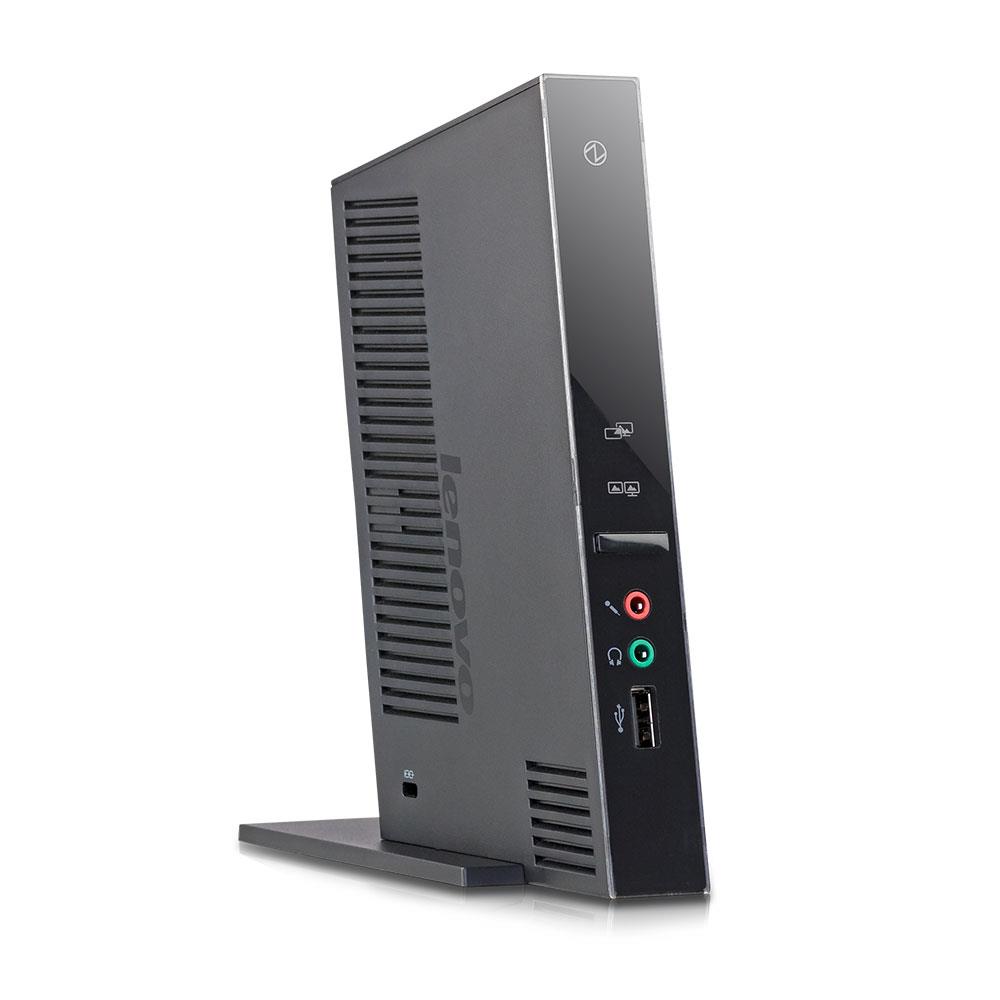
What Kind of Connectors Do USB 3.2 and USB 3.1 Use?Īs with all things USB, USB 3.2 and USB 3.1 are backward compatible with older USB standards. That shouldn't matter to you as an end user, but you may see the USB 3.2 Gen 1x2 terminology. The difference is that, while USB 3.2 Gen 2 has a single, 10 Gbps data lane, USB 3.2 Gen 1x2 uses two 5 Gbps lanes to get to its 10 Gbps total. There's also a lesser-used version called USB 3.2 Gen 1x2, which is 10 Gbps and nearly identical to USB 3.2 Gen 2. Would it have been less confusing if they called it USB 3.2 Gen 3? Who knows? The 20 Gbps speed is called USB 3.2 Gen 2x2, because it uses two 10 Gbps lanes to give you the 20 Gbps speed. In honor of the new speed, the version number changed for all speeds so the 5 Gbps speed became USB 3.2 Gen 1 and the 10 Gbps speed became USB 3.2 Gen 2 and the 20 Gbps speed became USB 3.2 Gen 2x2. In 2017, the organization rolled out a 20 Gbps speed for USB 3.x devices. So USB 3.0 (5 Gbps) became USB 3.1 Gen 1 and the new, 10 Gbps speed became USB 3.1 Gen 2. In 2013, USB-IF announced that it was taking USB up to 10 Gbps and, in doing so, changed the version number for all USB 3.x products. Many peripherals don't even need to go beyond USB 2.0.

In fact, even today, the vast majority of USB ports and products don't go beyond 5 Gbps nor do you need them to. In 2008, the USB 3.0 standard launched, bringing USB up to 5 Gbps, a huge leap from the 480 Mbps speed of USB 2.0, and for many years that was as fast as USB could go. The different USB 3.x version numbers exist purely because the number has been iterated with each speed advancement. The spec sheets may not even list a generation number, though if they don't, you should assume that it's Gen 1 (5 Gbps).
#Does either usb prot on thinkpad e545 support usb 2.0 Pc#
However, despite the USB-IF's desires, we still see most PC vendors listing their ports as USB 3.2 or USB 3.1, without necessarily telling you what to expect from them.


 0 kommentar(er)
0 kommentar(er)
